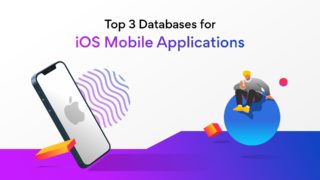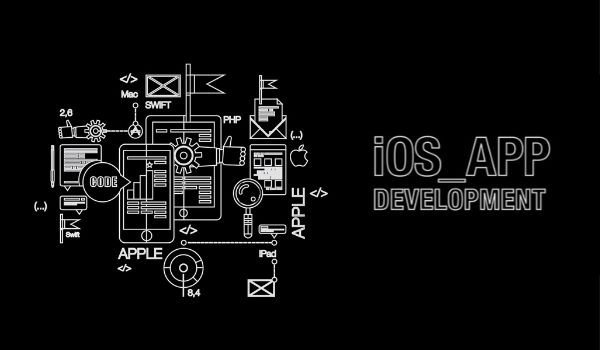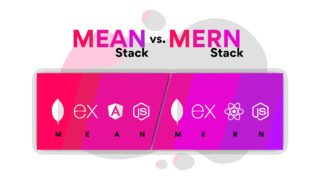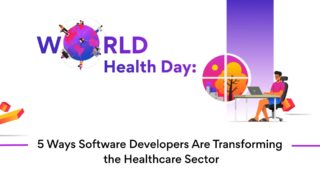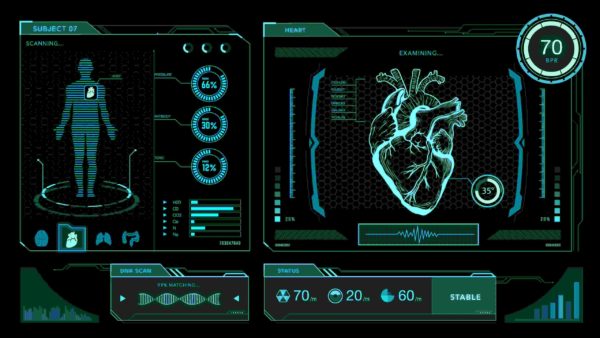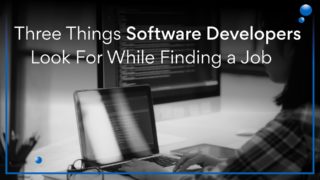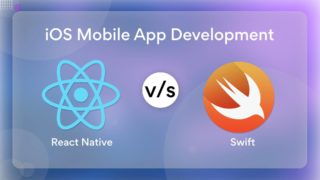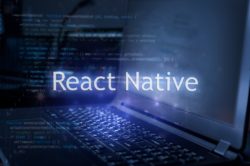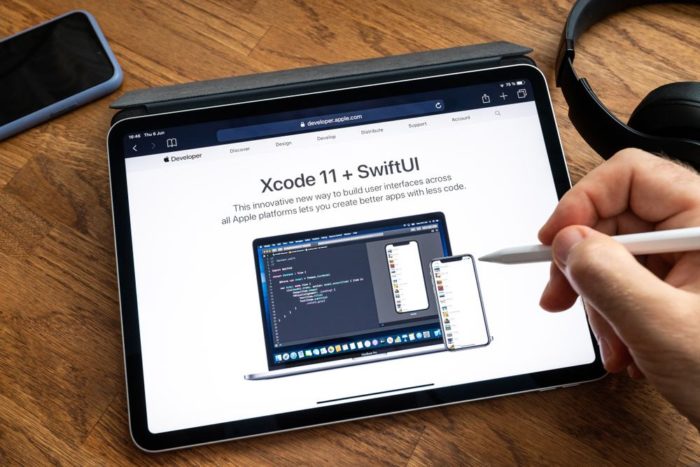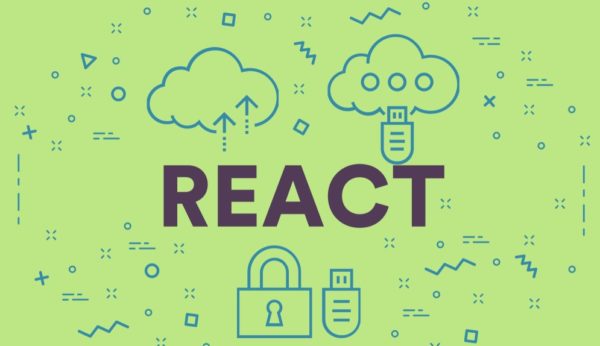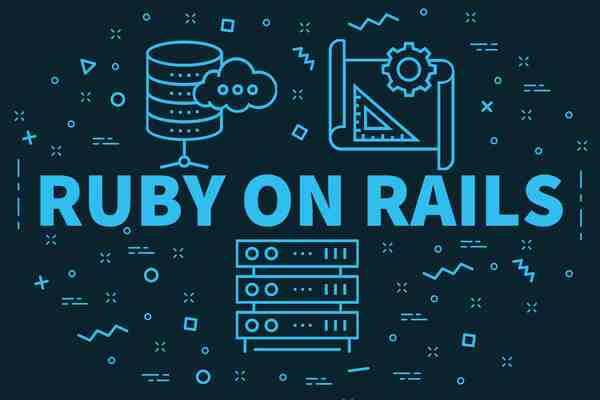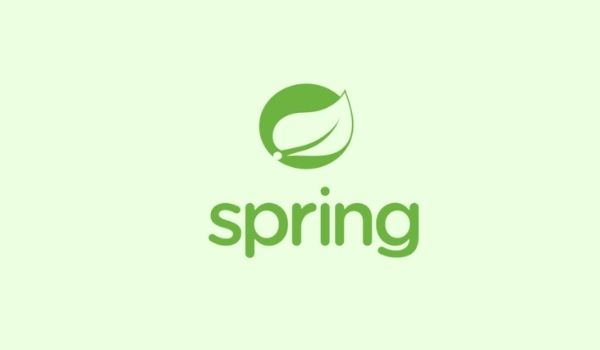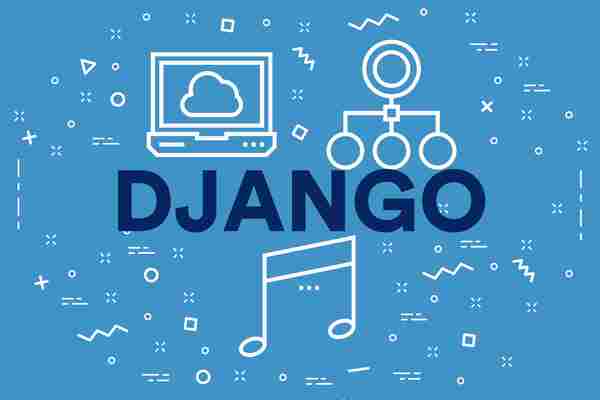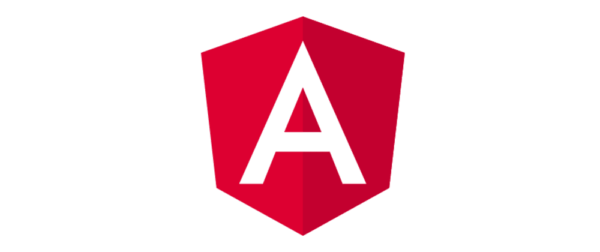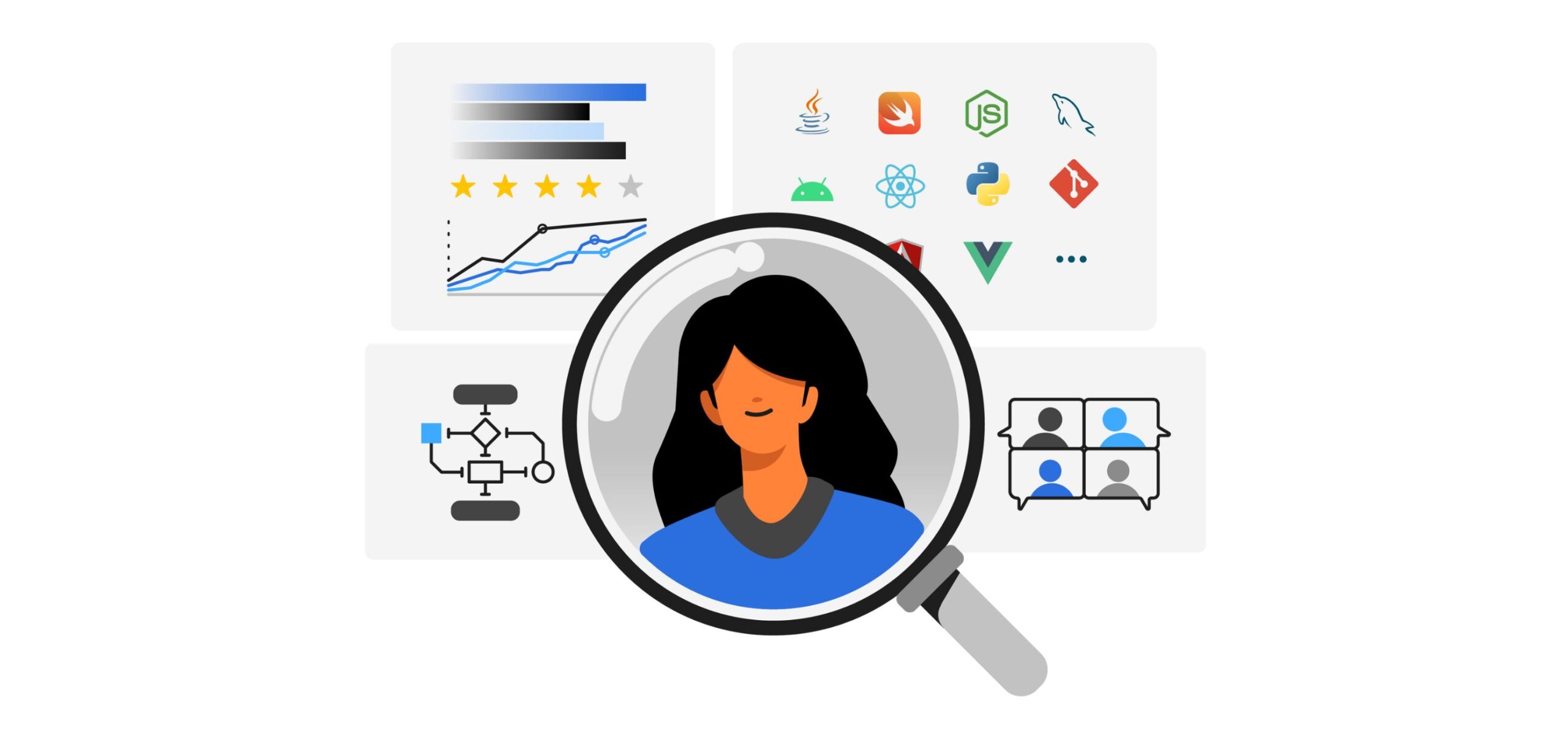
Tech Resume Writing Tips for Writing a Good Resume
Are you looking for resume writing tips in 2023? You’ve come to the right place. You may be adept at several software developer skills, but drafting a resume is an art. Did you know you just have five to six seconds to make a good impression on your employer? And so, your tech resume writing skills play a vital role in landing your dream job.
Here’s the thing: most of the resumes get filtered out by the Applicant Tracking System (ATS) during the hiring process. This system helps organizations source, filter, hire, and manage candidates. And so, if your software engineer portfolio and tech resume are not relevant or exciting enough, they may never reach the employer.
This blog post takes you through the 10 best resume building tips for writing tech resumes that help you stand out from the competition.
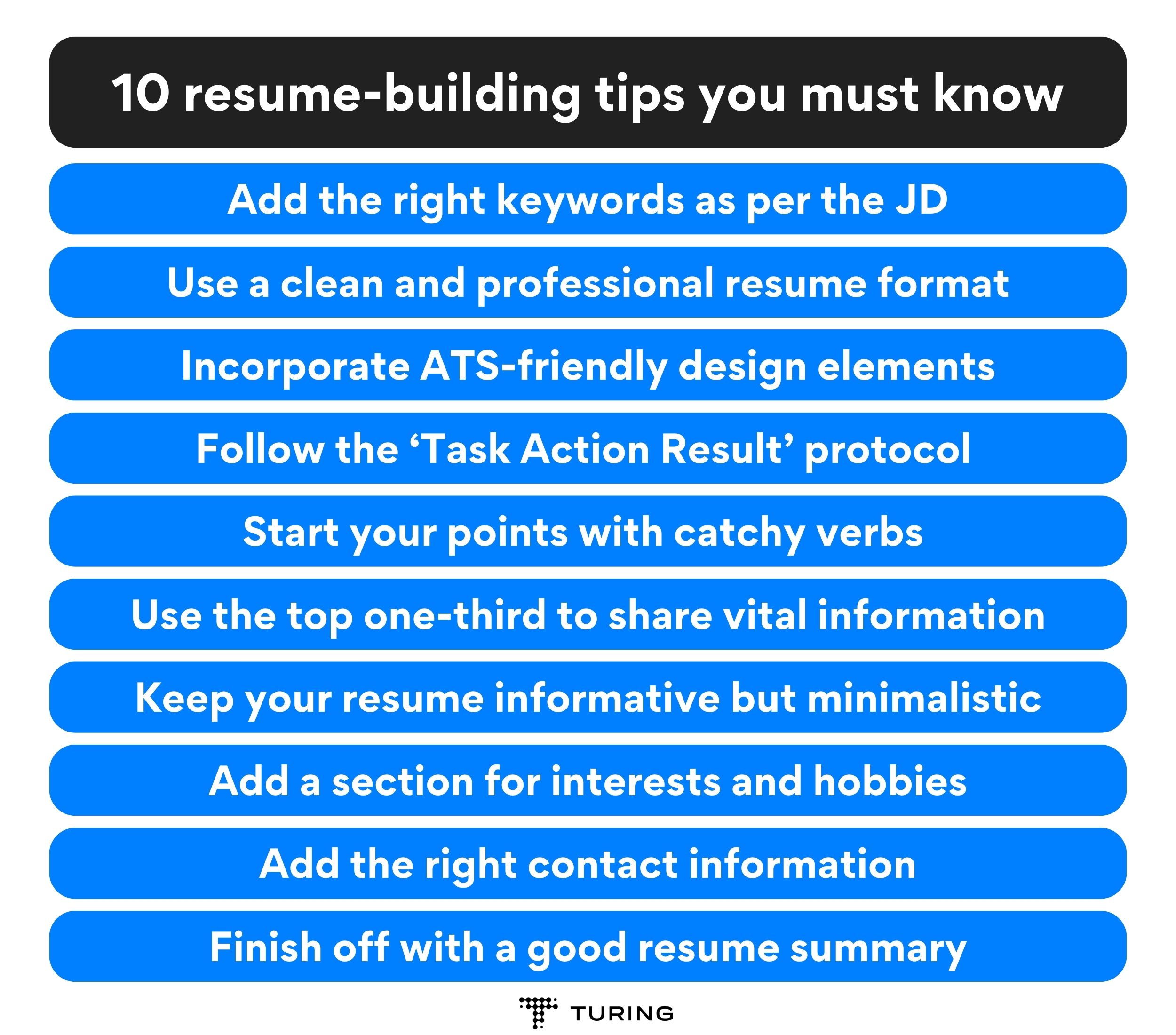
10 resume-building tips you must know
-
Add the right keywords as per the JD
This is one of the most overlooked resume writing tips. Resume parsing is one of the best features of an ATS. This feature is also one of the reasons why many recruiters rely on this system. The ATS filters candidates according to the job description and the content of the tech resume. You may have a detailed tech resume, but your resume will never reach the prospective employer if the text is not in sync with the job description.
Pro tip: Add keywords or phrases that employers use in the job description to your resume. Using the right keywords is essential for passing through ATS’s filters. This is a crucial resume writing tip you should not overlook.
If you are applying for a back-end developer role, learning about the tech stack in the job description is crucial. For example, you might be an experienced Python back-end developer. But, if the employer is looking for expertise in CherryPy or TurboGears, you must mention the same in your resume.
Also, read: 7 Steps to Write an Effective Engineering Manager Resume -
Use a clean and professional resume format
This is a very important resume writing tip because hiring managers go through hundreds of resumes for a single position. Thus, it’s natural that you’d want yours to stand out. But doing so through unconventional visuals, formatting, and offbeat fonts may harm your chances of getting noticed. That’s because making your resume ‘creative’ using such methods can cause an ATS not to show it to the employer.
Hence, one of the core resume tips and tricks is to focus on proper formatting and be creative with your resume properly. Here are some key ways you can do so:
- The resume format – There are multiple formats to choose from. The most common is the ‘reverse chronological’ format. This is where you describe your most recent job role and move backward for every subsequent position. This format is extremely popular amongst new and experienced candidates as it lets them play with the layout and immediately highlights their latest experiences.
- Using correct fonts – Resume fonts may not appear very important, but it truly is. Choosing a font that looks unprofessional or hard to read can lead to the recruiter skipping your resume. Hence, choose an easily understandable font. A pro tip is to stick to these three fonts: Arial, Verdana, and Helvetica. Moreover, you must also select the right size to make your resume readable. Hence, pick a resume font between 10-12 points so that a recruiter can go through it easily.
- Using simple and consistent subheadings – Presenting a well-made resume also involves using proper and fluid sub-headings. Keep simple subheadings across your resume, ensuring every section is easy to find and visible. Use subheadings such as ‘Education’, ‘Skills’, ‘Resume Profile’, and so on. Moreover, keep the subheadings consistent. If one of your subheadings is bold or in italics, make sure all follow the same style.
- Using the correct margin size – Resume margins are also essential for a good first impression. If your resume has text-crammed edges, it’ll simply come off as unprofessional and messy. Hence, stretch your top and bottom margins to 0.5” and side margins to a maximum of 0.75”.
- The resume format – There are multiple formats to choose from. The most common is the ‘reverse chronological’ format. This is where you describe your most recent job role and move backward for every subsequent position. This format is extremely popular amongst new and experienced candidates as it lets them play with the layout and immediately highlights their latest experiences.
-
Incorporate ATS-friendly design elements
As mentioned above, one of the most important resume building tips is to make it ATS-compliant.
Now, this doesn’t mean not letting your resume showcase some creativity. You can incorporate charts, infographics, and even videos or presentations to set your resume apart, but you must also ensure it gets read.
Hence, before you upload your resume to job sites or online portals, use ATS-friendly design elements in your resume. These include:
- Underlining in hyperlinks or headings
- Italic and bold texts
- Bullets
- Colors
- Easily-readable columns
- Different text alignments
On the flip side, certain elements are known to cause trouble with ATSs. So, avoid these elements when you’re creating your resume:
-
Text boxes
-
Tables
-
Icons and logos
-
Images
-
Headers and footers
-
Graphs
-
Lesser-known fonts
-
Columns that are only readable from top to bottom
-
Follow the ‘Task Action Result’ protocol
Employers are constantly drowning in resumes. You have a short window to prove your worth. Hence, tech resumes with fluff and no substance are never a good idea.
Concisely highlighting your achievements will help you get your brownie points. How to be concise with tech resumes, you ask?
Follow the Task Action Result protocol:
- Outline the tasks and responsibilities in your last project
- Mention the actionable steps you took to solve the problem
- Share the results of your effort and the overall project
- Add factual data and other necessary insights
Don’t just mention a list of your responsibilities. Talk about how you added value and drove the outcome. If you add factual data and other details, you will make a solid case for yourself.
With each bullet you mention, ask yourself — are you highlighting your tasks, skillsets, and achievements in the most rewarding way?
- Outline the tasks and responsibilities in your last project
-
Start your points with catchy verbs
Another tip for writing a great resume is to ensure that your tech resume is descriptive but not verbose. Start the bullet points with phrases like Designed, Developed, Computed, Collaborated, Improved, Analyzed, Devised, Delegated, etc. For example, one of the bullets points in your resume could be: Optimized an e-commerce application as the Project Lead and generated 3x revenue in 2021
Using the right words is essential as it helps to drive home the core idea without the fluff.
Pro tip: Don’t use rows and columns in your resume. -
Use the top one-third to share vital information
Putting forward a well-made resume is crucial if you want to crack an interview. That’s because a poorly-written resume won’t even get you into the interview room, let alone crack it, even if you possess the required skills.
Apart from choosing the correct formatting and using the right texts, ATS elements, etc., you must also place vital information wisely. Remember, a recruiter goes through countless resumes, and will only pick yours if it impresses them within the first few seconds.
Hence, to get a recruiter’s attention quickly, make good use of the top one-third area of your resume. That’s where recruiters focus when scanning through a resume. Highlight your best skills, achievements, and experience in this area to impress the recruiter to get an interview. If they don’t find what they’re looking for when scanning through the top third, chances are they will reject your resume. -
Keep your resume informative but minimalistic
This is one of the best but often ignored resume writing tips. Ideally, your software developer cover letter and resume shouldn’t be more than one page. Remember – Your goal is to format and structure your resume so well that recruiters can understand what you bring to the table by taking a mere glance.
Recruiters have to go through multiple resumes in a limited time. Hence, refrain from adding minute details for every one of your projects. Add only the information relevant to the position you are seeking. Add your contact details — email address, phone number, and LinkedIn handle.
But don’t add high school achievements, current or permanent address, headers, and footers.
If you have a portfolio or Git repository, add the link to your tech resume. This way, you can save the employer’s time and inch closer to the most relevant role for yourself.
Sharing your previous work shows that you are transparent and confident about your skill set. While aesthetics are not compulsory, a minimalistic resume is easy to scan through and shows that you value the reader’s time.
Also, read: Things Software Developers Look For While Finding a Job -
Add a section for interests and hobbies
Lastly, you can also consider adding extra sections to your resume to make it stand out. Yes, we’ve already mentioned that your resume must be simple and concise. However, you can still add a few sections that can add value to your resume by helping it grab the recruiter’s attention.
Here are a few additional sections you can consider adding to your resume:- Certifications
- Awards
- Volunteering
- Memberships
- Languages
- Licenses
Do note that you need to keep these sections relevant to your industry.
Moreover, if your resume has space left, add a section about your hobbies and interests. Companies have largely begun emphasizing work culture, and hence, finding a candidate with a suitable personality has become quite important. So, if your resume lists interesting hobbies or interests that prove you’ll be a good culture fit, you can get an interview. Pro tip: research the company and select interests and hobbies that match the company’s culture.
-
Add the right contact information
Given how hectic job hunting can get, you may focus on building a great resume but forget to get the small things right, such as your contact information. While it’s not a massive detail, it does carry great importance as recruiters will need your contact details to speak to you.
Thus, another great tip for writing a good resume is to include up-to-date and proper contact information. This starts with using a professional email address and clearly highlighting it at the top of your resume. Remember, an unprofessional email address will automatically increase the chances of your resume getting rejected.
Apart from your email address, you may also include your phone number. However, check that both are accurate, in case you’ve changed your email or contact number. Moreover, avoid including irrelevant contact information, such as your marital status, birthdate, race, religion, etc. If you’re applying for a remote job, you can omit to mention your current address. -
Finish off with a good resume summary
As mentioned earlier, you must use your resume’s top third well. But, how do you do that?
One of the best ways to do this is by including a resume summary or objective. Instead of writing jargon and buzzwords, this summary presents three to four sentences about who you are as a professional, where you’re headed, and why you will be a valuable addition to the company.
When writing your resume summary, there’s one thing you must remember: always write about what your recruiter wants and not what you want. This summary is meant to prove your case as a good hire. Hence, you need to write what the recruiter wants to hear. For instance, if you’re a sales manager seeking a role in the retail sector, your resume summary must include this:
“A dedicated Sales Manager with 6+ years of retail industry experience. Wishing to increase (company name)’s returns by 20 percent”
Instead of just this: “A dedicated Sales Manager looking for fulfilling work in the retail industry.”
Final thoughts: Edit your resume according to the job you’re applying for
With most organizations relying on ATS for their recruiting campaigns, developers need to understand employers’ perspectives to land a job. While it is important to emphasize your achievements, remember to stay relevant to the job description.
Using the ‘one size fits all’ approach is a common mistake developers make while creating tech resumes. For every job you apply for, put in the extra effort to make the changes as per the job description. We hope you found these resume writing tips useful.
A good tech resume can be the ticket to your dream job. But only having a good resume won’t help you go further into the hiring process. And so, you should be a part of a growing developer community to skyrocket your software development career to the next level.
Turing.com helps software developers globally to find their dream software jobs with top US companies. Apart from testing skillsets, Turing also assists developers with building professional profiles, ATS-friendly tech resumes, and matching talents with world-class employers.
Visit the Turing.com Jobs page and take the first step towards building the career you have always wanted.
FAQs
Q1. What 5 things should a strong tech resume have?
Ans. An impressive tech resume must include the following five sections to give a good idea about the candidate – personal information (contact information, permanent address, etc.), education/qualifications, work experience, skills, and objective (a summary of why you’re applying for the job).
Q2. What skills do tech companies look for in a resume?
Ans. The required skillset can vary depending on the role and company you’re applying for. However, there are some technical skills that most tech recruiters look for when scanning resumes. These include operating systems, programming languages, cloud computing, project management, accounting software, spreadsheet proficiency, artificial intelligence, productivity software, Google Analytics, SEO, marketing skills, research skills, and content management systems.
Q3. Should my resume display the education section first or the experience section?
Ans. This depends on whether you’re a recent graduate or not. As a recent graduate, you will probably not have much or any work experience whatsoever. In such a situation, your education and qualifications are your biggest assets, and you should highlight them right at the beginning. However, if you have already worked in a job or two, chances are, they are more important and relevant to your recruiter. Hence, list them and then proceed with highlighting your qualifications.
Join a network of the world's best developers and get long-term remote software jobs with better compensation and career growth.

